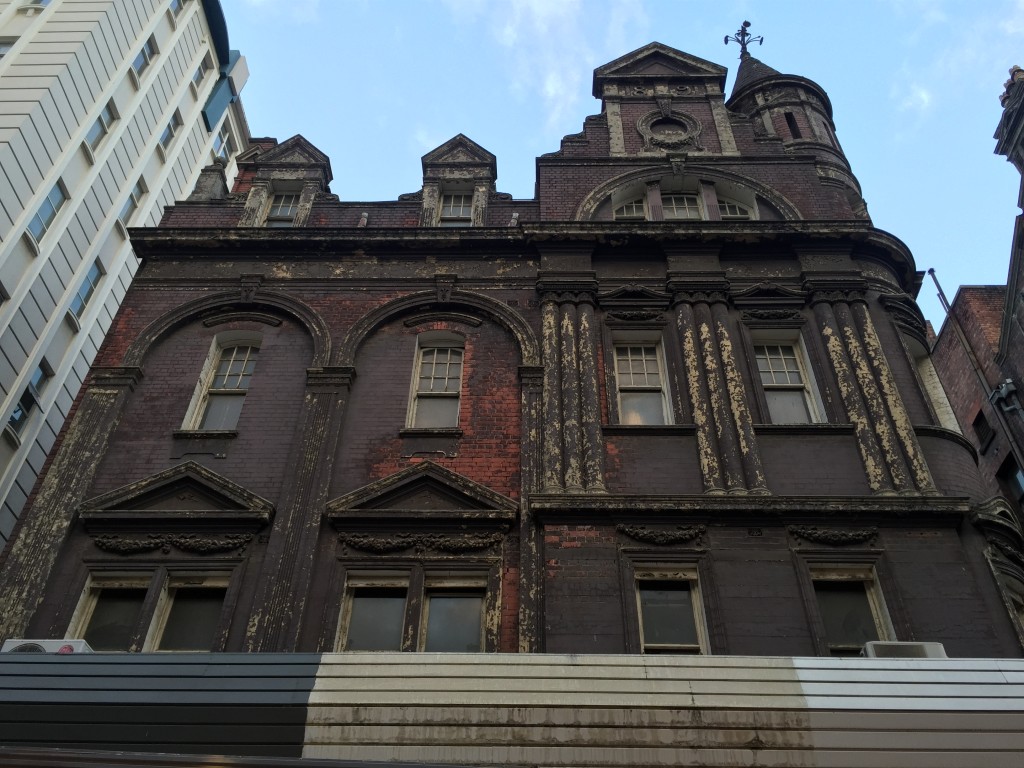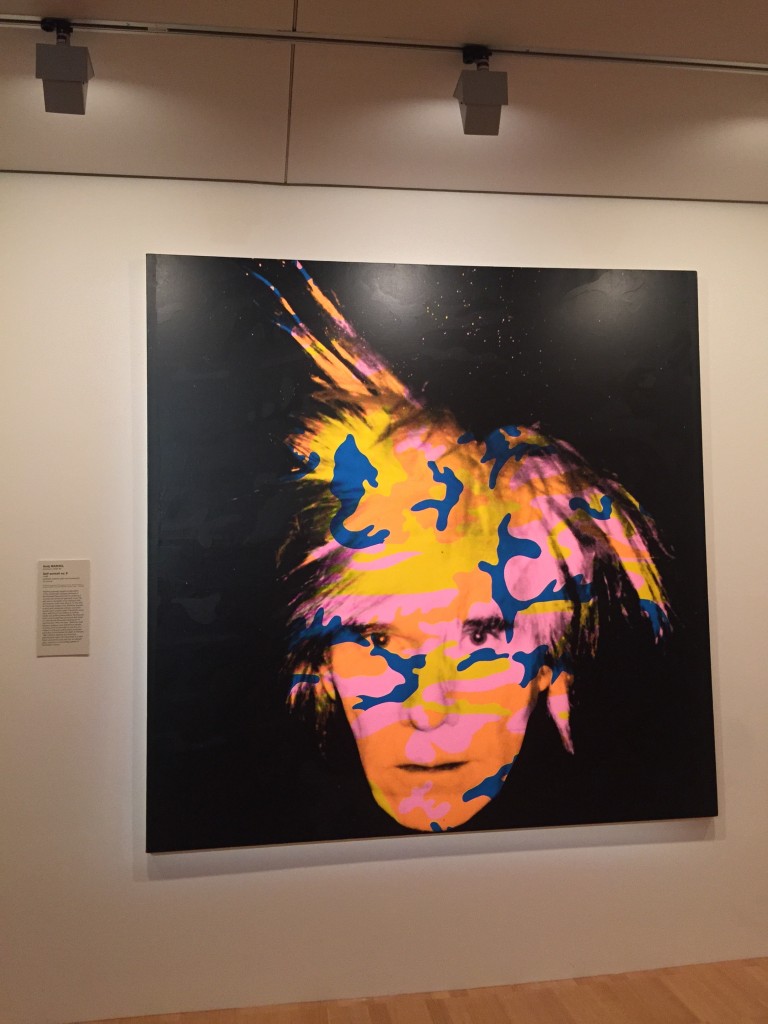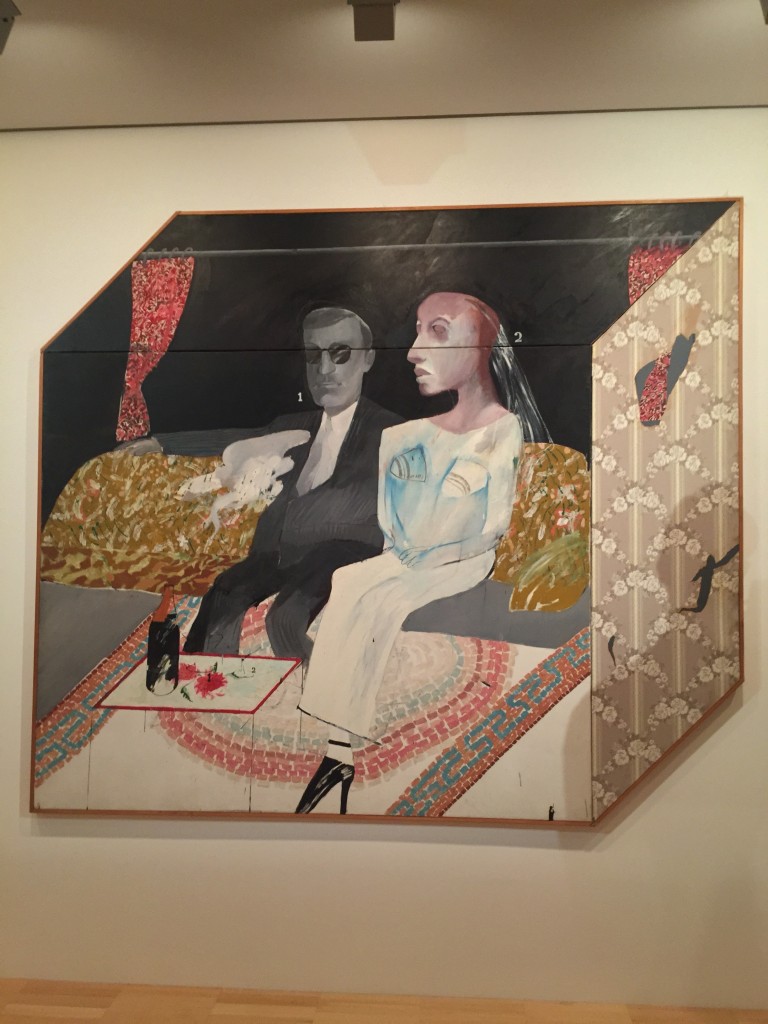‘Drive’ is a 2011 movie directed by Nicolas Winding Refn, starring Ryan Gosling, a part-time Hollywood stuntman and car garage worker, who by night becomes a getaway driver for criminals. Initially showing an icy exterior, he quickly warms up to his neighbour, Irene, and her son. It is a low-budget action movie, but for a film that would be described as having lots of violence and gore, it is very quiet. Though there are many silences and parts where nothing “dramatic” is happening, you never feel one second is boring or waste. The calm scenes in the beginning builds the intensity because of the audience’s prior knowledge of it being a violent film. As Dan says, it was like a “slow burning fireball”.
 The film is realistic in the way that not the whole film is loud and chaotic, because nobody’s lives are constantly action-packed, only in certain intensified moments. These moments contrast from the otherwise “quiet” movie and adds much more affect as it shocks viewers who have slowly become comfortable with the serene atmosphere.
The film is realistic in the way that not the whole film is loud and chaotic, because nobody’s lives are constantly action-packed, only in certain intensified moments. These moments contrast from the otherwise “quiet” movie and adds much more affect as it shocks viewers who have slowly become comfortable with the serene atmosphere.
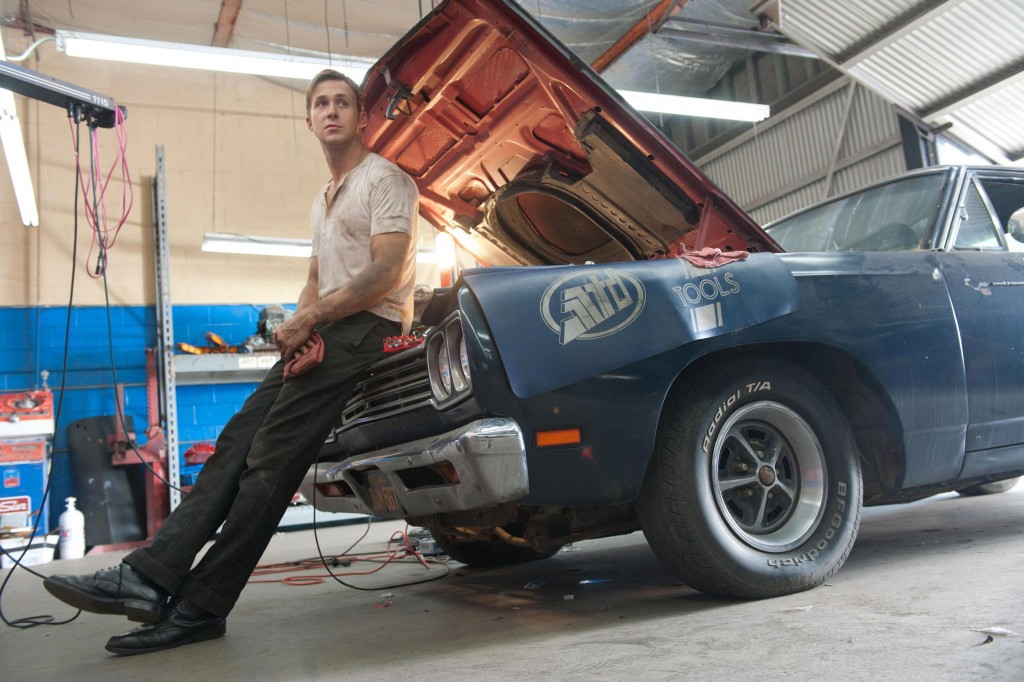 Subjectivity is the idea that what is said or created is based on, or influenced by personal feelings, tastes or opinions. Film can definitely have subjectivity, but the subjective medium affects viewers in different ways – depending on prior life experiences, knowledge and biases. A person’s own subjectivity merges in with the film’s subjectivity. For example, if you have been the victim of domestic violence, you will empathise with a character who is being abused in the same way, rather than someone who has never experienced such abuse, will simply sympathise with the character because they have been following the story in the movie and feel sorry for them. The fact that one film can impact so many people in so many different ways, solely because each viewer is so unique, is what brings up debate, conversation and discussion. This is how you know the writer and director of the film have done a successful job.
Subjectivity is the idea that what is said or created is based on, or influenced by personal feelings, tastes or opinions. Film can definitely have subjectivity, but the subjective medium affects viewers in different ways – depending on prior life experiences, knowledge and biases. A person’s own subjectivity merges in with the film’s subjectivity. For example, if you have been the victim of domestic violence, you will empathise with a character who is being abused in the same way, rather than someone who has never experienced such abuse, will simply sympathise with the character because they have been following the story in the movie and feel sorry for them. The fact that one film can impact so many people in so many different ways, solely because each viewer is so unique, is what brings up debate, conversation and discussion. This is how you know the writer and director of the film have done a successful job.
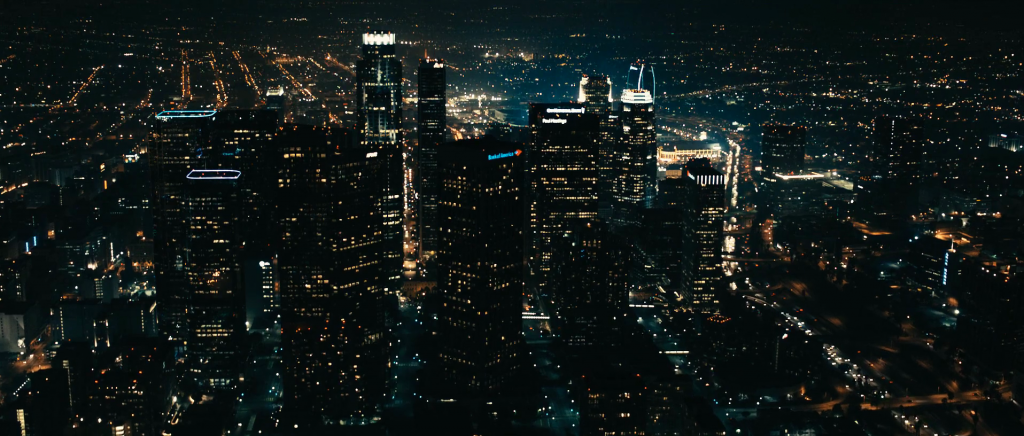


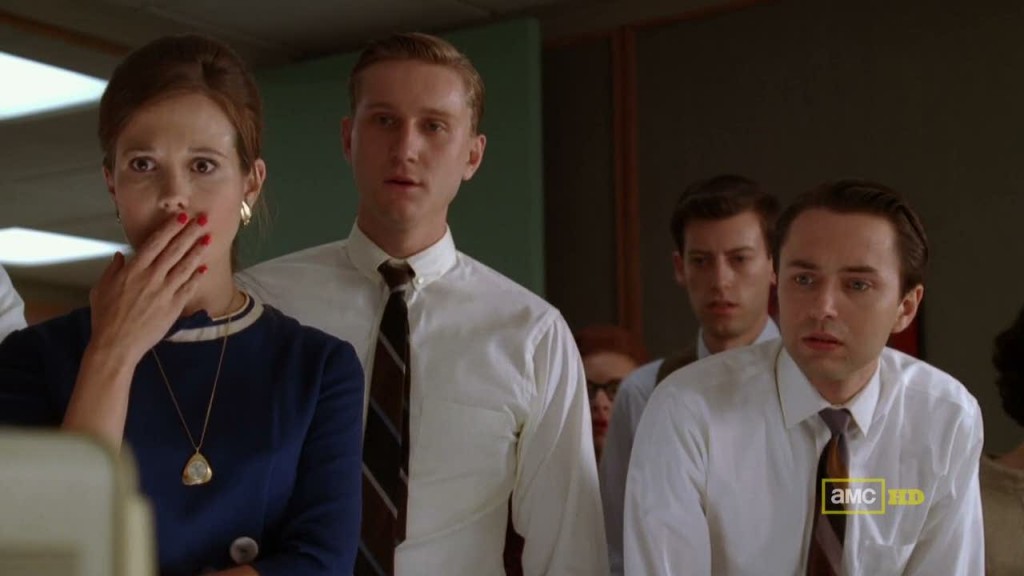 The JFK assassination was what transformed media coverage and allowed the notion of broadcasting non-stop breaking news live from the scene to be of reality. Similar to the 2014 Sydney Lindt cafe hostage crisis, where commercials were suspended and there were wall-to-wall reportage of the unfolding events, the 1963 matter also made all major television networks follow the concept of “letting images do the talking” and having the anchors talk off-screen. The reason for this is because it was a clear disruption of the everyday routine that many news shows abide by, which made viewers tuning in become immediately captivated because of how “strange” the usual TV conventions have become. This is evident in the statistics given by the Daily Mail, where 45.4 percent of U.S homes with a television set had it turned on when the White House confirmed Kennedy’s death, and the numbers doubled to 81 percent as his coffin arrived at Arlington National Cemetery three days later. This sense of frightening liveness would go unmatched until the morning of September 11, 2001.
The JFK assassination was what transformed media coverage and allowed the notion of broadcasting non-stop breaking news live from the scene to be of reality. Similar to the 2014 Sydney Lindt cafe hostage crisis, where commercials were suspended and there were wall-to-wall reportage of the unfolding events, the 1963 matter also made all major television networks follow the concept of “letting images do the talking” and having the anchors talk off-screen. The reason for this is because it was a clear disruption of the everyday routine that many news shows abide by, which made viewers tuning in become immediately captivated because of how “strange” the usual TV conventions have become. This is evident in the statistics given by the Daily Mail, where 45.4 percent of U.S homes with a television set had it turned on when the White House confirmed Kennedy’s death, and the numbers doubled to 81 percent as his coffin arrived at Arlington National Cemetery three days later. This sense of frightening liveness would go unmatched until the morning of September 11, 2001.

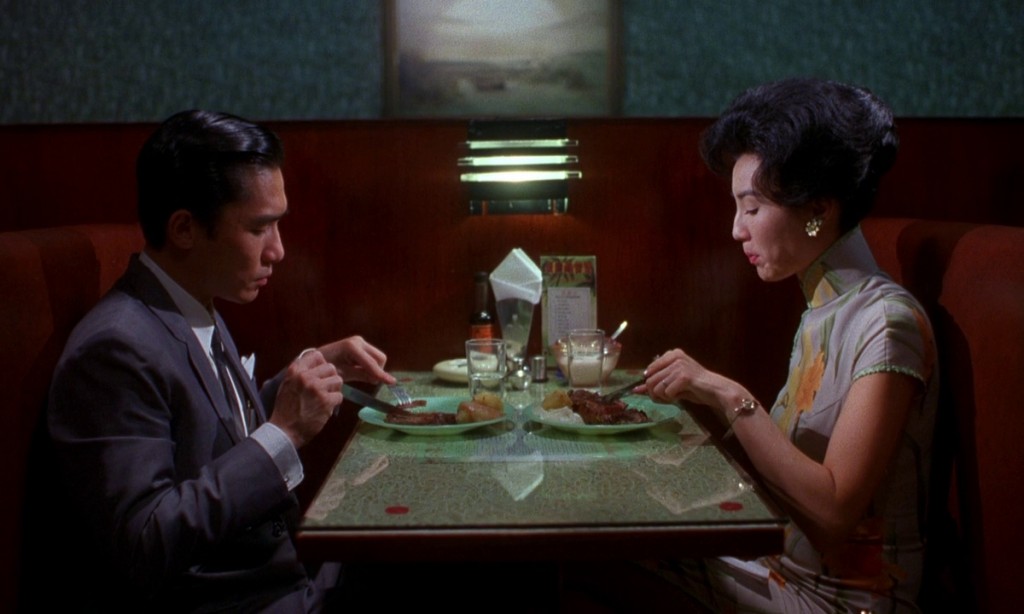
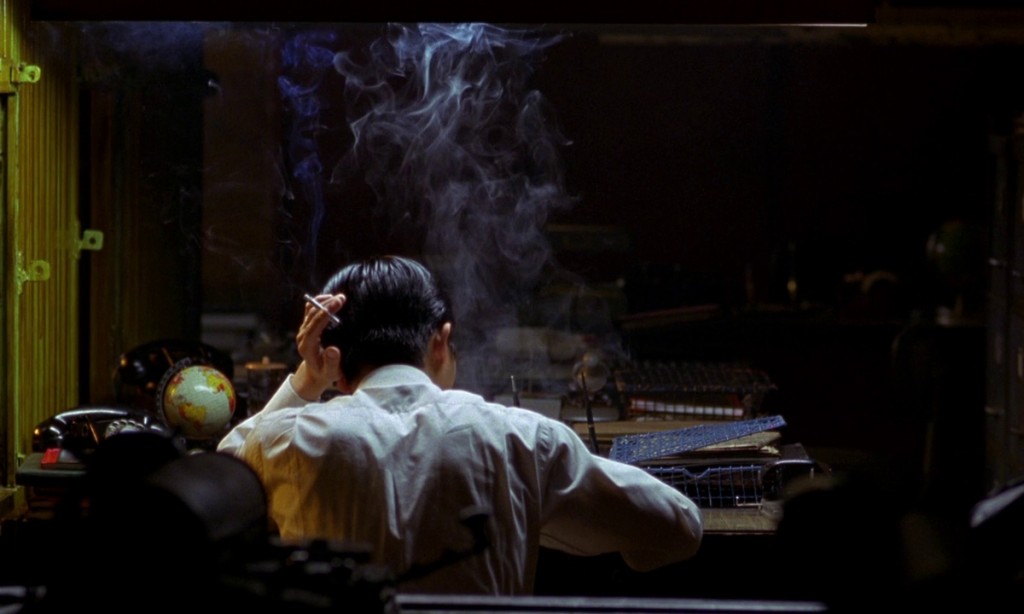
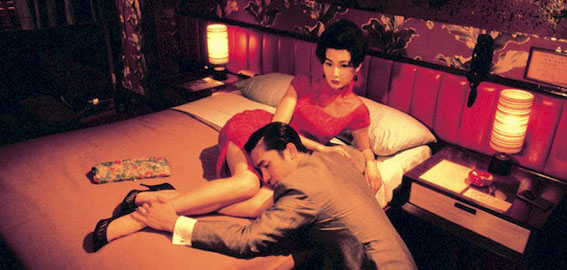
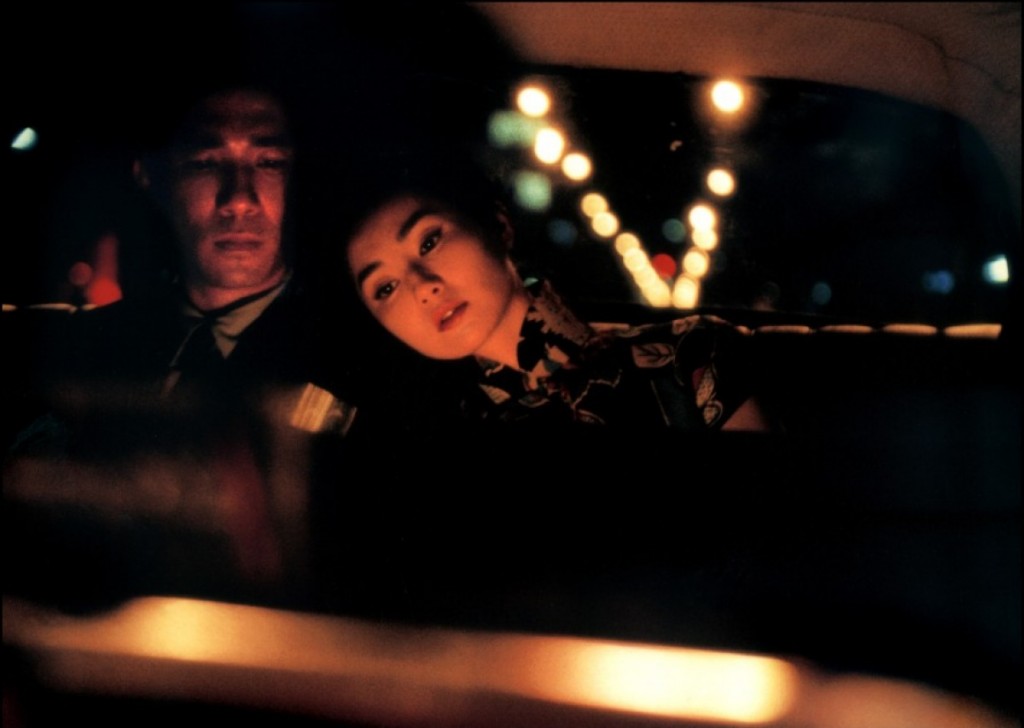

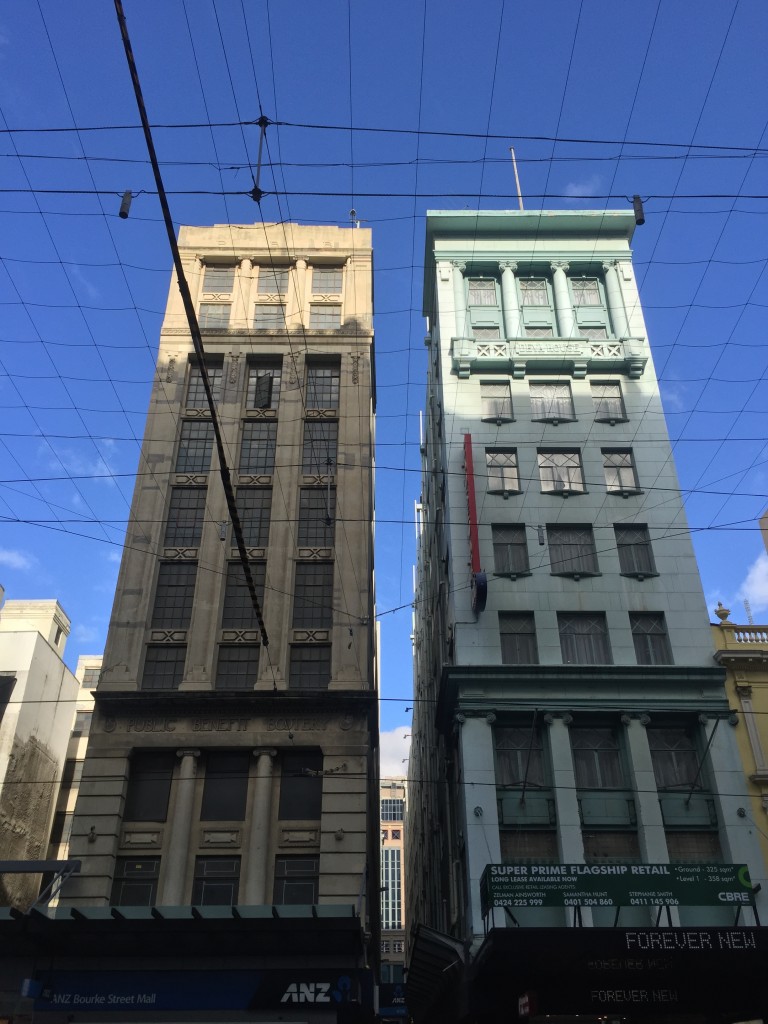
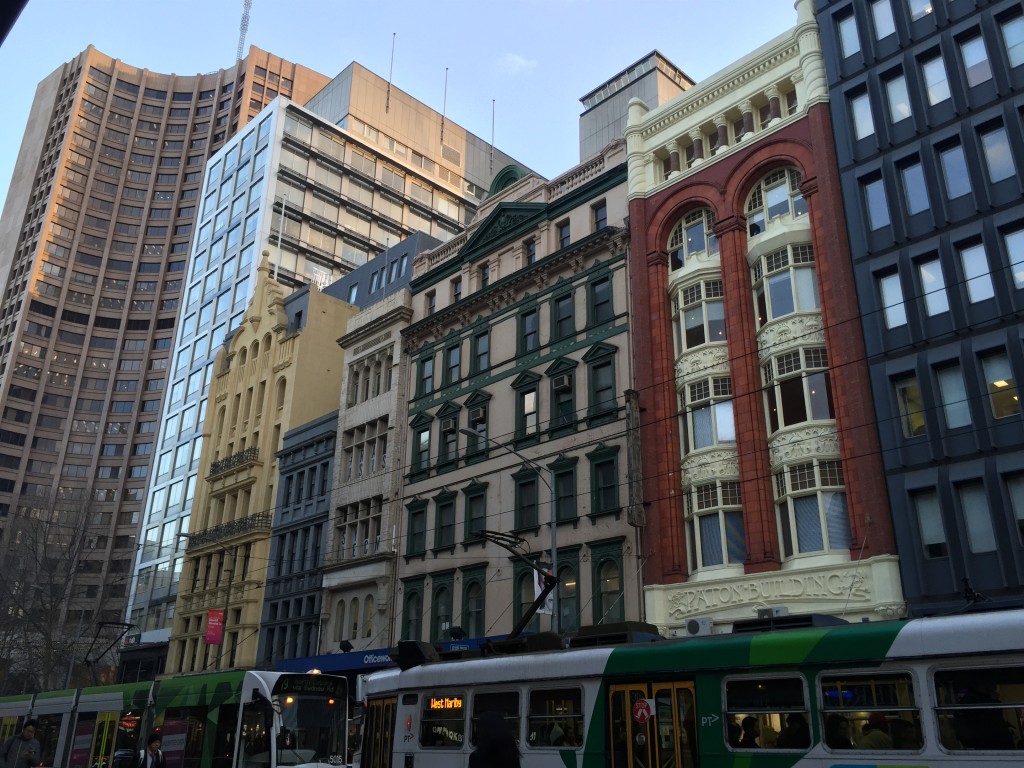
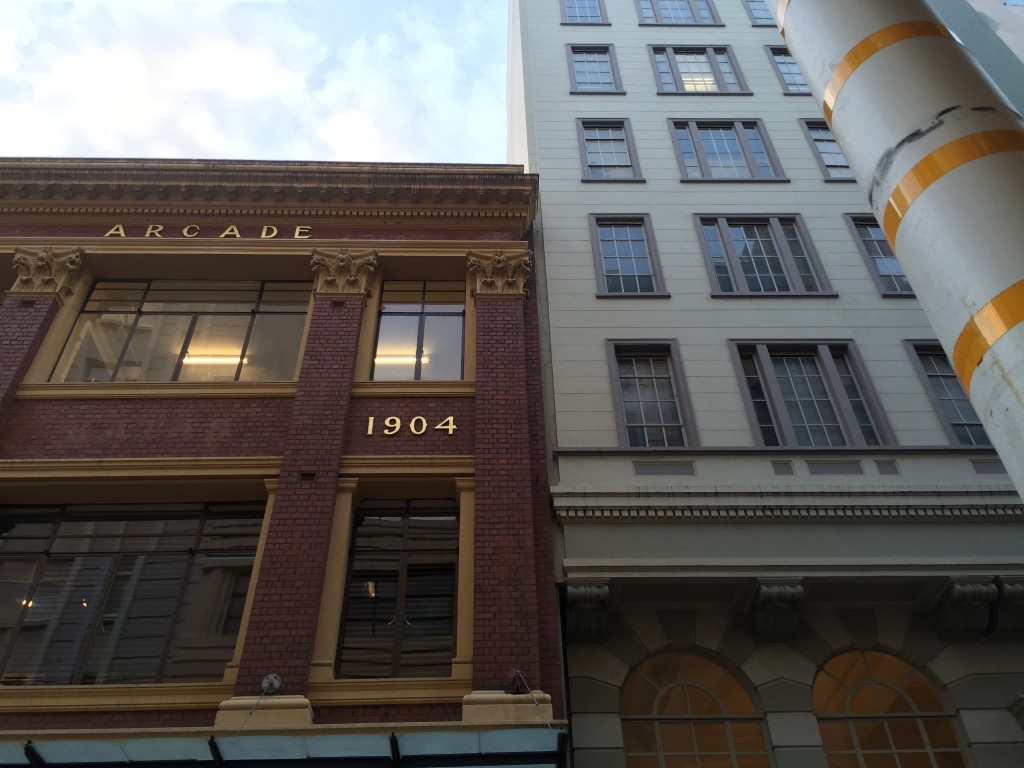 I tried not to capture buildings that would be categorised as “popular” or “tourist attractions” like Flinders Street Station or Federation Square. I was going for the more… “unconventional” looks of Melbourne.
I tried not to capture buildings that would be categorised as “popular” or “tourist attractions” like Flinders Street Station or Federation Square. I was going for the more… “unconventional” looks of Melbourne.